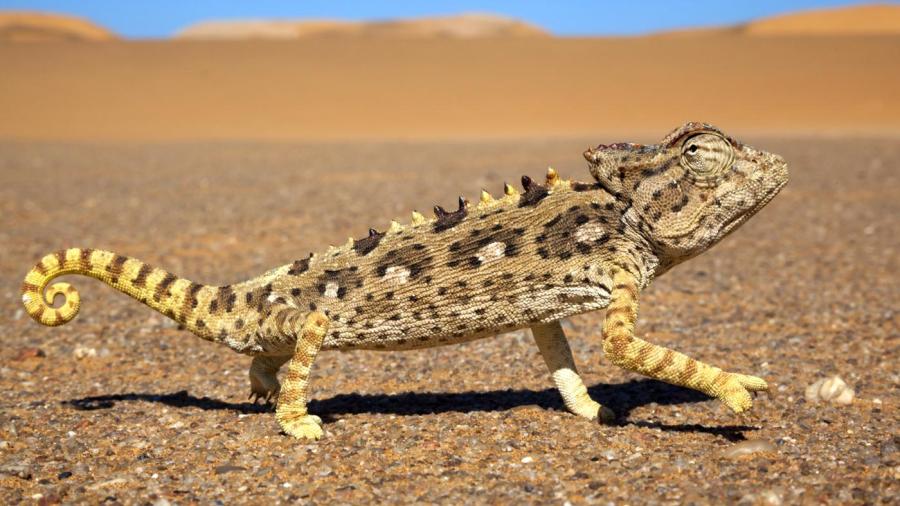What Are Examples of Ectothermic Animals?

An ectothermic animal is an animal that creates heat from the environment, typically by sunning. Examples of ectothermic animals include amphibians, invertebrates, reptiles and many forms of fish.
Animals that are ectothermic maintain their body temperature through their behavior. For example, lizards are known for sunning on a rock to control body temperature. Factors such as body shape, color and period of activities are key to thermoregulation. Usually, ectothermic animals can keep body temperatures more consistent and higher than the air that surrounds them. Alpine lizards are known to keep a body temperature 30 degrees Celsius over the environment during the winter. A desert lizard can keep its body temperature close to 0.1 Celsius during the day, as well as maintain how cool it is at night.
If an animal can maintain its body temperature consistently no matter what, they are homeothermic animals. Animals that regularly let their body temperature change noticeably are poikilothermic. Certain tropical reptiles, dinosaurs, some pupfish, and organisms that are deep in the ocean or lakes are homeothermic ectothermic animals. Amphibians, reptiles, invertebrates and nearly all fish are poikilothermic ectothermic animals. Ectotherms can adapt to several habitats and have a lot of food resources that birds and mammals cannot take advantage of. This is because birds and mammals use 80 percent of their metabolism to maintain an elevated body temperature.





